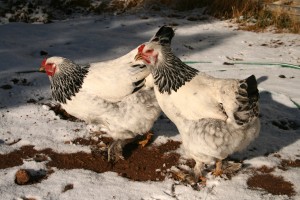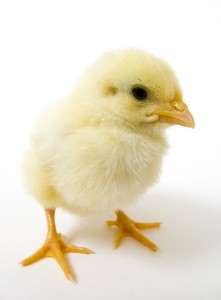Wondering what NPIP is and what it stands for? It stands for National Poultry Improvement Plan.
If you receive poultry from Welp Hatchery, our INVOICE or PACKING SLIP can be used as an NPIP form for fairs.
NPIP Information and Requirements in Iowa
EXHIBITION / FAIR TESTING
There has been some confusion about which birds need to be tested before entering an exhibit or fair. The regulation states:
“All poultry exhibited must come from U.S. Pullorum-Typhoid clean or equivalent flocks, or have had a negative Pullorum-Typhoid test within 90 days of public exhibition and the test must have been performed by an authorized tester.”
A bird purchased and taken home from a hatchery, U.S. Pullorum-Typhoid (PT) clean or equivalent NPIP flock does not retain this “U.S. Pullorum-Typhoid clean or equivalent flock” status at the new owner’s or exhibitor’s home, unless the new owner’s or exhibitor’s flock is a PT clean flock.
In other words, just because you purchase a bird from a PT clean flock, it does not remain PT clean once you take it to your home and your flock is not proven to be PT clean also.
The National Poultry Improvement Plan (NPIP) is a cooperative Federal-State-Industry program developed for controlling certain poultry diseases. NPIP consists of a variety of programs intended to prevent and control egg-transmitted, hatchery disseminated poultry diseases. NPIP identifies states, flocks, hatcheries, and dealers that meet certain disease control standards specified in the various programs. As a result, customers can buy poultry that has tested free of certain diseases or conditions. Being a member of NPIP allows greater ease in moving hatching eggs/live birds within the state, across state lines, and into other countries. In fact, most countries will not accept hatching eggs/live birds unless they can be shown to be a NPIP participant.
The Iowa Poultry Association oversees Iowa’s involvement in NPIP, regulates the importation and exportation of birds, issues permits for breeder flocks, along with administering laws and rules regarding poultry in Iowa.
Source: http://iowapoultry.com/
By Ann Phelps.


